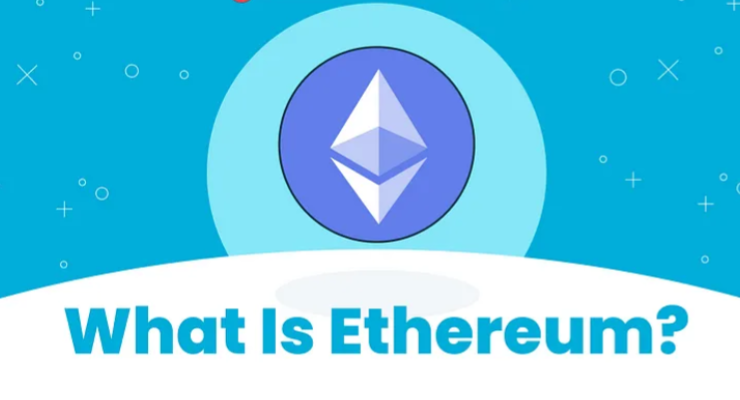While Bitcoin may be the most well-known cryptocurrency, Ethereum, the second largest by market capitalization, is doing a lot of the heavy lifting in the industry. While Bitcoin holds the most wealth in the field, Ethereum operates at the cutting edge of cryptocurrency technology, challenging what developers thought was possible and reimagining what services and tools can be offered in the digital realm.
Vitalik Buterin: The mastermind behind Ethereum
The pseudonymous individual Satoshi Nakamoto launched Bitcoin and disappeared without a trace. Ethereum, the world’s second most popular cryptocurrency, was the brainchild of another brilliant mind who decided to stick around: Vitalik Buterin.
From childhood, Buterin’s story was different. He was born in Kolomna, a small city outside Moscow, and was encouraged by his father, a computer scientist, to dive into the world of programming. His life changed when his parents moved to Canada, where he excelled in school and discovered Bitcoin. Cryptocurrency became the center of Buterin’s life, and he went on to launch Bitcoin Magazine in 2012.
Ethereum: Programmable Bitcoin
After a few years, Buterin knew Bitcoin and blockchain technology like the back of his hand. He realized that this technology could change the world but that it could also be better. In 2013, aged only 21, Buterin published the whitepaper for Ethereum, which reimagined Bitcoin’s cryptocurrency and blockchain technology as programmable. Some describe it as a kind of decentralized supercomputer.
Ethereum is an adaptable environment where people can create tools to solve the economic, technological, and philosophical problems of today. From financial services to games and apps, Ethereum champions innovation. Ethereum’s best-known feature is decentralized applications, or dapps, which run on a blockchain instead of being hosted on a single computer. Buterin developed dapps to be open source, decentralized, and free from control by any single authority.
Ethereum 2.0: The Future of Cryptocurrency
In just a few short years, Ethereum has grown into a global network of thousands of computers and enthusiastic developers. Ethereum’s user base grew, and demand clogged the system, causing users to experience long delays and high network fees. Like Bitcoin, Ethereum relied on a decentralized network of miners and nodes worldwide, but Ethereum also has smart contracts and dapps built on top of its blockchain.
In mid-September 2022, Ethereum 2.0, also known as Serenity, was released. This exciting upgrade to the Ethereum blockchain promised to reduce its energy footprint, increase scalability, and decrease transaction times. With transaction processing rates skyrocketing to over 100,000 per second, Ethereum 2.0 revolutionizes cryptocurrency.
True to its innovative nature, Ethereum 2.0 also changed how Ether is mined. The upgrade introduced a new system called Proof of Stake (PoS), where ‘validators’ validate block transactions based on the amount of Ether they hold. This shift from the energy-intensive Proof of Work (PoW) system used by Bitcoin and other cryptocurrencies to PoS meant that Ethereum would be more energy-efficient and environmentally friendly.
While Bitcoin is for purists, Ethereum is for mavericks. Ethereum created an adaptable view of a future where games, tools, products, and solutions to the world’s biggest problems could be created free of censorship. Ethereum has even started overshadowing Bitcoin amid the industry’s bull run as people realize the true potential for Ethereum to change the digital world in ways never seen before.
The watershed moment for Ethereum and the general public came with the creation of Decentralized Finance, also known as DeFi. DeFi is a revolutionary financial ecosystem where services like lending, payments, and staking run on a blockchain. Ethereum has powered the DeFi revolution, offering interest rates 20 times higher than traditional finance, slashing costs of remittances by up to 50%, as well as giving the world’s 1.7 billion unbanked people access to a brighter financial future. And with NFTs (non-fungible tokens), Ethereum is transforming the digital art world, allowing artists to monetize their work in new and exciting ways.
In short, Ethereum 2.0 could be the future of cryptocurrency. Don’t miss out on this incredible opportunity to be a part of the most exciting breakthroughs in the industry. Join us and discover the endless possibilities of Ethereum!

 English
English
 Deutsch
Deutsch
 Español
Español
 Français
Français
 Português
Português
 日本
日本
 한국인
한국인
 Türkçe
Türkçe
 Русский
Русский
 Tiếng Việt
Tiếng Việt
